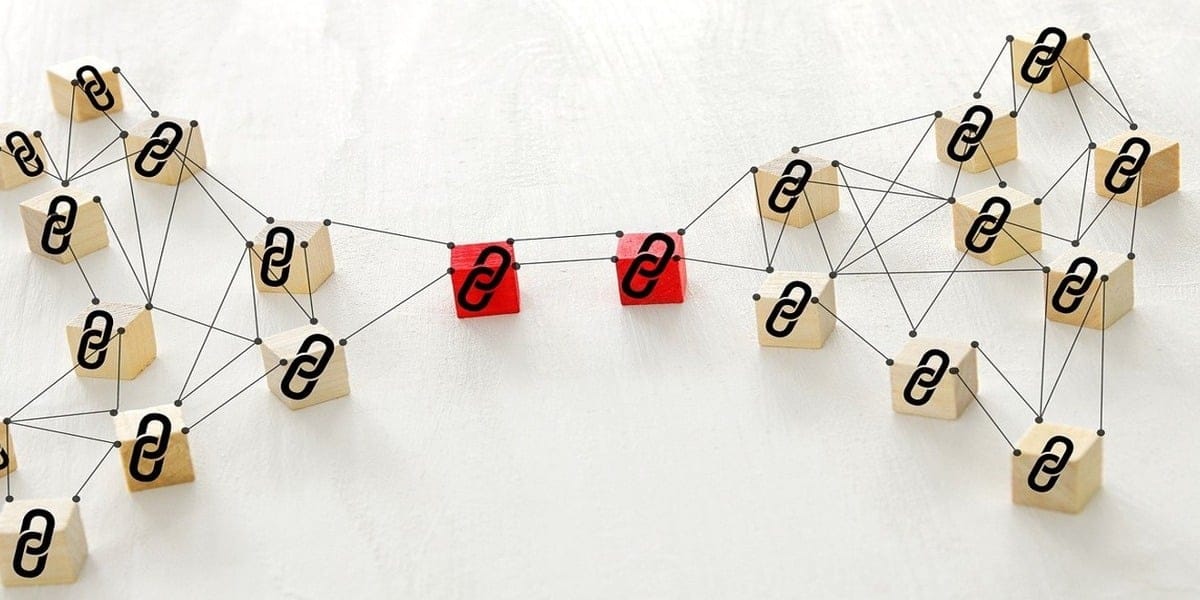SEO Backlinks are a fundamental aspect of SEO and can significantly impact a website’s visibility and authority. They are links from one website to another, serving as endorsements that signal to search engines the value and relevance of the linked content. This guide will explore the different types of backlinks, their features, and how they help improve SEO strategies.
14 Types of Backlinks and Their Impact on SEO and Website Authority
1. Dofollow Backlinks
Dofollow backlinks are common. They tell search engine crawlers that they can follow the link and pass on “link juice,” improving the authority and ranking potential of the page it links to. Dofollow links are important for a website to rank higher in search engines, as they show that the linking site approves of the linked content. Dofollow links are typically used in internal linking strategies and when referencing high-quality external resources.
2. Nofollow Backlinks
Unlike Dofollow links, Nofollow backlinks include a rel=”Nofollow” attribute indicating to search engines not to follow the link or pass link juice. These links may not directly contribute to our SEO ranking, but they can still leverage traffic and increase brand recognition. In user-generated content, like blog comments or forums, you will commonly find Nofollow links, where users may share links. Still, there is no expectation of passing authority.

3. Editorial Backlinks
These are Nofollow backlinks earned organically when other sites cite your content because it is valuable or informative. These links are highly valuable because they come from reputable sources and signal high trust and authority in your content. Editorial backlinks can be generated by creating great quality and shareable content.
4. Guest Post Backlinks
If you’re unfamiliar with guest post backlinks, they are links you earn when you write articles for other websites in your niche. In exchange for providing valuable content, you receive a backlink to your site. Such a strategy will allow you to establish authority while getting your name in front of new people. So, to use guest posts to your advantage, focus on high-quality platforms relevant to your industry.
5. Social Media Backlinks
Social media backlinks are shared on social media platforms like Facebook, X (Twitter), and LinkedIn. These links are generally Nofollow but can provide traffic and help with brand awareness. Engaging with audiences on social media can lead to organic shares and discussions that further enhance visibility.
6. Referral Backlinks
Engaging with audiences on social media can lead to organic shares and discussions that further enhance visibility. These links can bring you a lot of traffic and typically come from mentions in articles, blogs, or online conversations about your company or products.
7. Broken Links
In broken link building, you find dead links on another site and propose your content as a worthy replacement. This method not only gets you backlinks, but it also helps the website owner fix their broken links—a total win-win!

8. Infographic Links
Also, they are easy to share, so creating infographics brings you good-quality backlinks. Other users linking back to your original content when they use your infographic create valuable Dofollow backlinks and help build up your site’s authority.
9. Forum Backlinks
Forum backlinks are obtained through blogging, discussion, or forum threads. Although these links might often be Nofollow, they can still bring project-related traffic and increase interaction between future customers.
10. Testimonial Links
When you provide testimonials for products or services you have used, companies often publish these testimonials along with a link back to your site—these are known as testimonial backlinks. They serve as endorsements that can enhance credibility while providing valuable Dofollow links.
11. Badge Backlinks
If you display badges or seals on your website indicating membership in an organization or participation in an event, you may receive badge backlinks from those organizations’ websites. These links not only enhance credibility but also signify affiliation with reputable entities.
12. Sponsored Links

Sponsored backlinks are paid links marked with a rel= “sponsored” attribute, indicating that they were purchased rather than earned organically. While these links may not pass SEO value like Dofollow links, they can still drive traffic and increase brand exposure.
13. Acknowledgment Backlinks
Acknowledgment backlinks are when sites mention or use your site as a source (but may not link directly to your content). They contribute to your authority and credibility in your niche.
14. User-Generated Content Links
User-generated content backlinks are created through user-generated content such as blog comments or social media posts. Though they are often no-follow, they can help with brand visibility and engagement.
Final Thoughts on Types of Backlinks Impact on SEO
Manual link building is amongst the most important elements of any SEO strategy. Each one of these types of backlinks serves a unique purpose and offers different benefits for improving search engine rankings and driving traffic to your site. By understanding which type of backlinks are more valuable for your website, you can improve your its authority and Internet presence by using enriched backlinks like Dofollow editorial links or social media shares.
Do you need quality backlinks to dominate local maps SEO and receive good traffic? Outreach Bee is ready to help. Contact us or leave us a message on Facebook, X (Twitter), or LinkedIn.
All images from pixabay.com



PPC VS SEO: Which One Should You Go for?
What is link juice in SEO, and how can you acquire it?